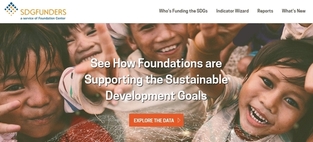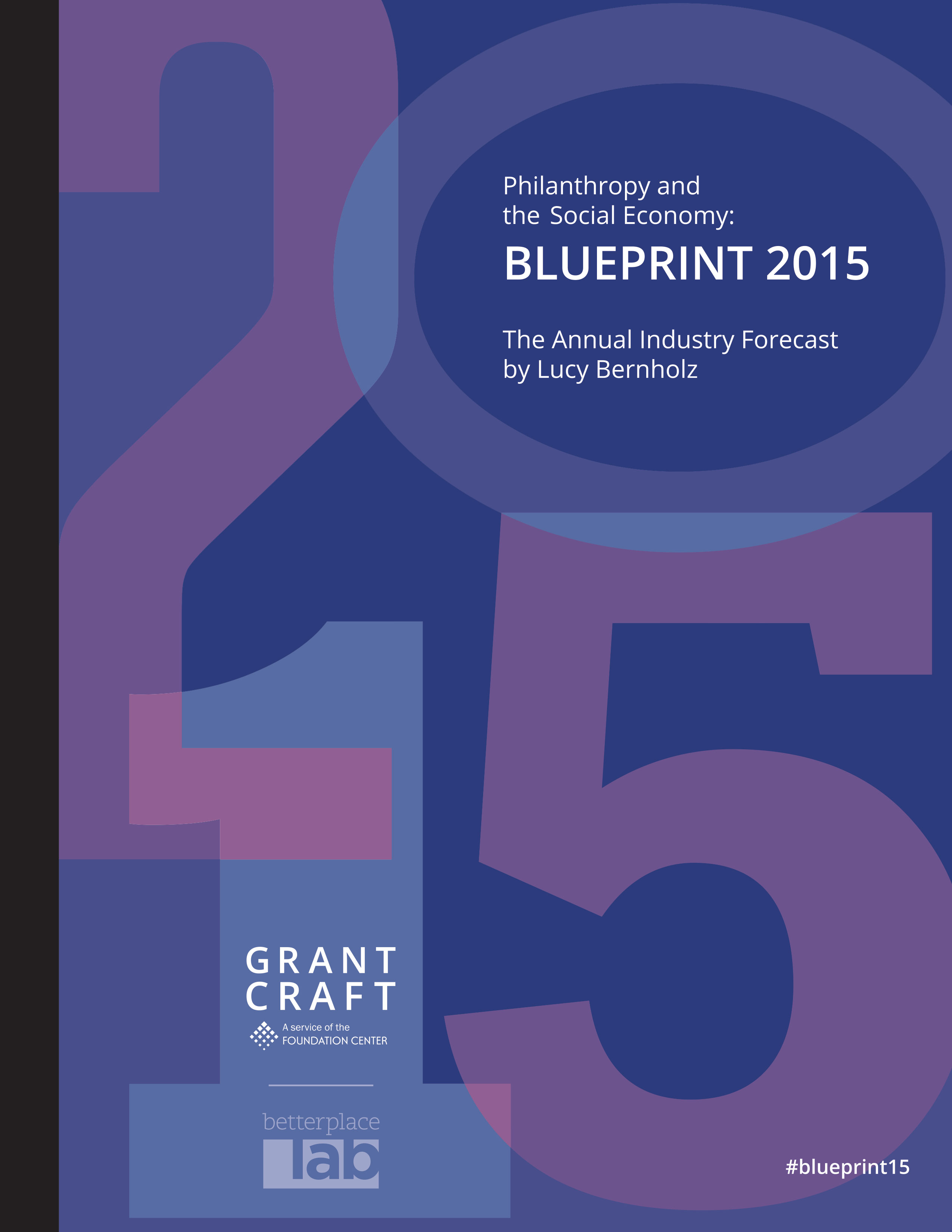Culture, Language and the Indigenous Why it Matters to Funders
Indigenous peoples’ languages encapsulate their identities, cultures, and oral histories. They express concepts about ancestry and the environment that are not found in any other languages. However, up to 90 percent of the world's 7,000 languages—many of them indigenous— are predicted to go extinct over the next century.
To indigenous peoples, the loss of their languages is tantamount to cultural extinction. Languages now only spoken by a handful of elders will be lost in less than a generation. Since traditional knowledge is passed orally from generation to generation, when an ancient language dies, key concepts for humanity's future are buried with it. Funders, such as the Kivulini Trust in Kenya, support language and cultural revitalization to achieve larger program goals, including the defense of biological diversity, which is seen as dependent on cultural diversity.
The UN identifies indigenous peoples’ language rights to include the right:
- to be educated in their mother tongue
- to have indigenous languages recognized in constitutions and laws
- to live free from discrimination on the grounds of language
- to establish and have access to media in indigenous languages
Funders support cultural revitalization through a variety of programs and approaches, including the creation of native language immersion programs, the translation of laws and key political texts into indigenous languages, social media projects, and oral storytelling projects.
The UN has excellent resources to understand the underlying concerns of indigenous peoples that inform the work of the funders who support them (listed in the Resources section). Becoming familiar with indigenous peoples’ history of marginalization, rights to their land and self determination, and challenges of language and culture preservation is the first step for any funder thinking about supporting them.
Takeaways are critical, bite-sized resources either excerpted from our guides or written by Candid Learning for Funders using the guide's research data or themes post-publication. Attribution is given if the takeaway is a quotation.
This takeaway was derived from Funding Indigenous Peoples.


